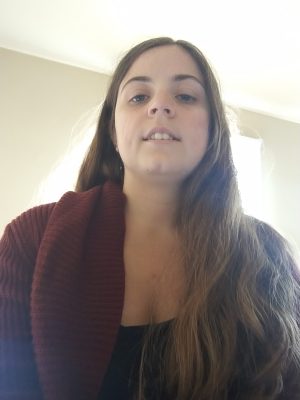Grades: 3rd and 4th (Resource)
Subject: Math
Standards:
2.MD: Measurement and Data
C. Work with Time and Money
8. Solve word problems involving dollar bills, quarters, dimes, nickels, and pennies, using $ and ¢ symbols appropriately. Example: If you have 2 dimes and 3 pennies, how many cents do you have?
4.OA: Operations and Algebraic Thinking
C. Generate and analyze patterns.
5. Generate a number or shape pattern that follows a given rule. Identify apparent features of the pattern that were not explicit in the rule itself. For example, given the rule “Add 3” and the starting number 1, generate terms in the resulting sequence and observe that the terms appear to alternate between odd and even numbers. Explain informally why the numbers will continue to alternate in this way.
4.MD: Measurement and Data
A. Solve problems involving measurement and conversion of measurements from a larger unit to a smaller unit.
2. Use the four operations to solve word problems involving distances, intervals of time, liquid volumes, masses of objects, and money, including problems involving simple fractions or decimals, and problems that require expressing measurements given in a larger unit in terms of a smaller unit. Represent measurement quantities using diagrams such as number line diagrams that feature a measurement scale.
Objective:
Students will use the strategy counting on to make change.
Activities:
Anticipatory Set:
• Ask students if they want to buy a candy bar for 50 ₵, how much money could they give to the cashier.
-Students could respond that they would give the cashier 50 ₵. Tell them that giving the cashier the same amount of money they ask for is called giving exact change.
-Students could also respond that they could give the cashier more than the amount the cashier asked for. This is called making change.
Process:
• Review vocabulary on the vocabulary sheet with students: change, exact change, and making change
• Pick a student’s stick and ask them to name one place they have to spend money.
• Post an item to buy from that place and its cost.
• Model for students how I would figure out how much change I would get if I gave them a certain bill.
• Pick another student’s stick to name another place one would have to spend money.
• Post two items you could buy from that place. Model for students how you would add the cost of those two items for the total, then subtract to make change.
Guided Practice:
• Complete “Toy Shop” Worksheet with students as a class. Show them how some of the word problems might be multi-step word problems.
• Show students how they are going to practice making change by pretending to shop, pay for an item, and make change. Show them how they would do this buying one item and more than one item.
Independent Practice/Check for Understanding:
• Students will practice making and receiving change by pretending to shop for items on a menu of a restaurant of their choice.
Closure:
• Discuss the three Ws. (What did we learn today? So what? Now what?) for making change.
Materials:
• SMART Board
• “Toy Shop” Worksheet
• Fake Money
• Menus
• “Two Dollar Toy Shop” Worksheet
Differentiation: Students will have calculators to help them figure out how much money they are spending or receiving.
Assessment:
• Shopping Activity
• Homework: “Two Dollar Toy Shop” Worksheet
